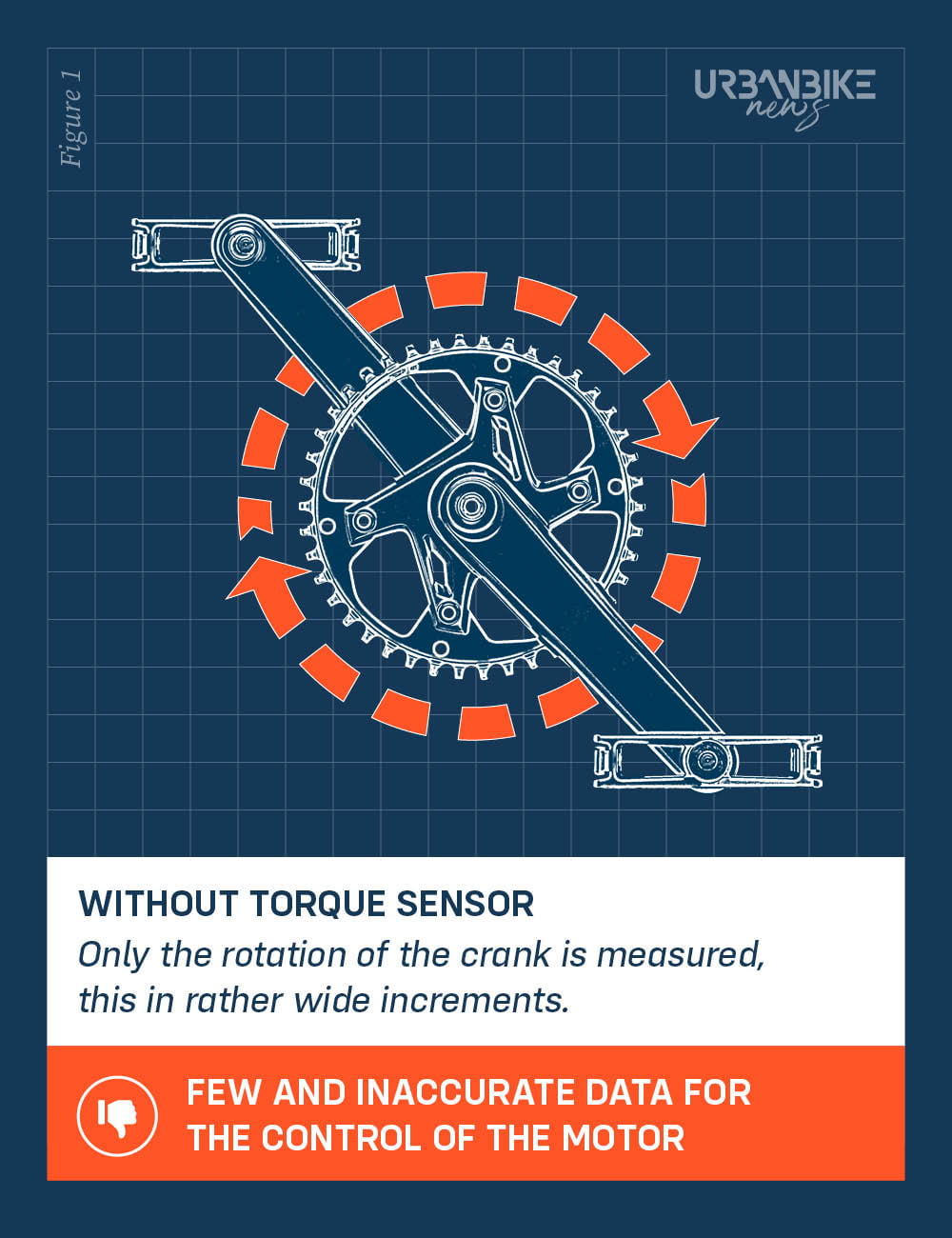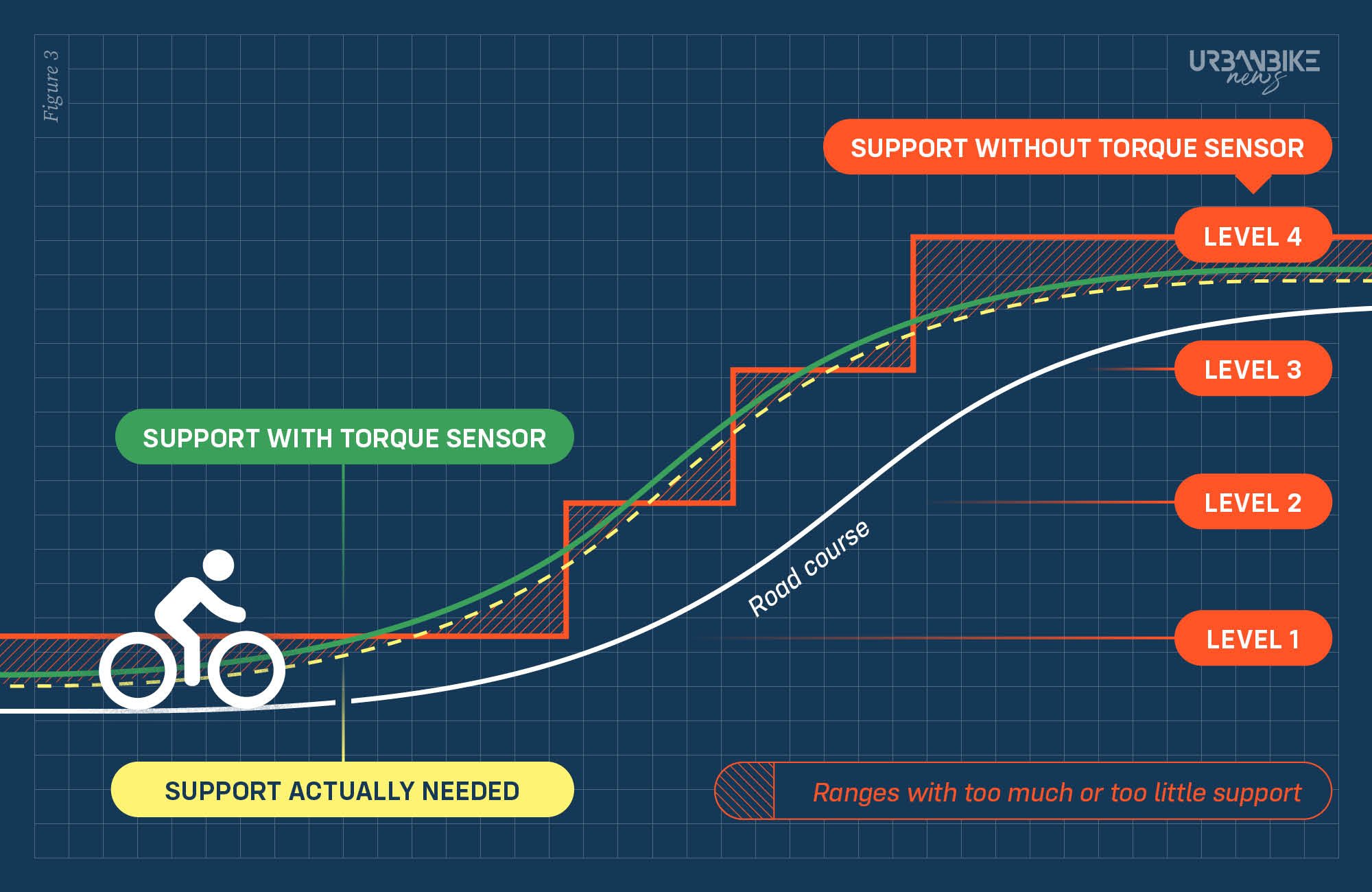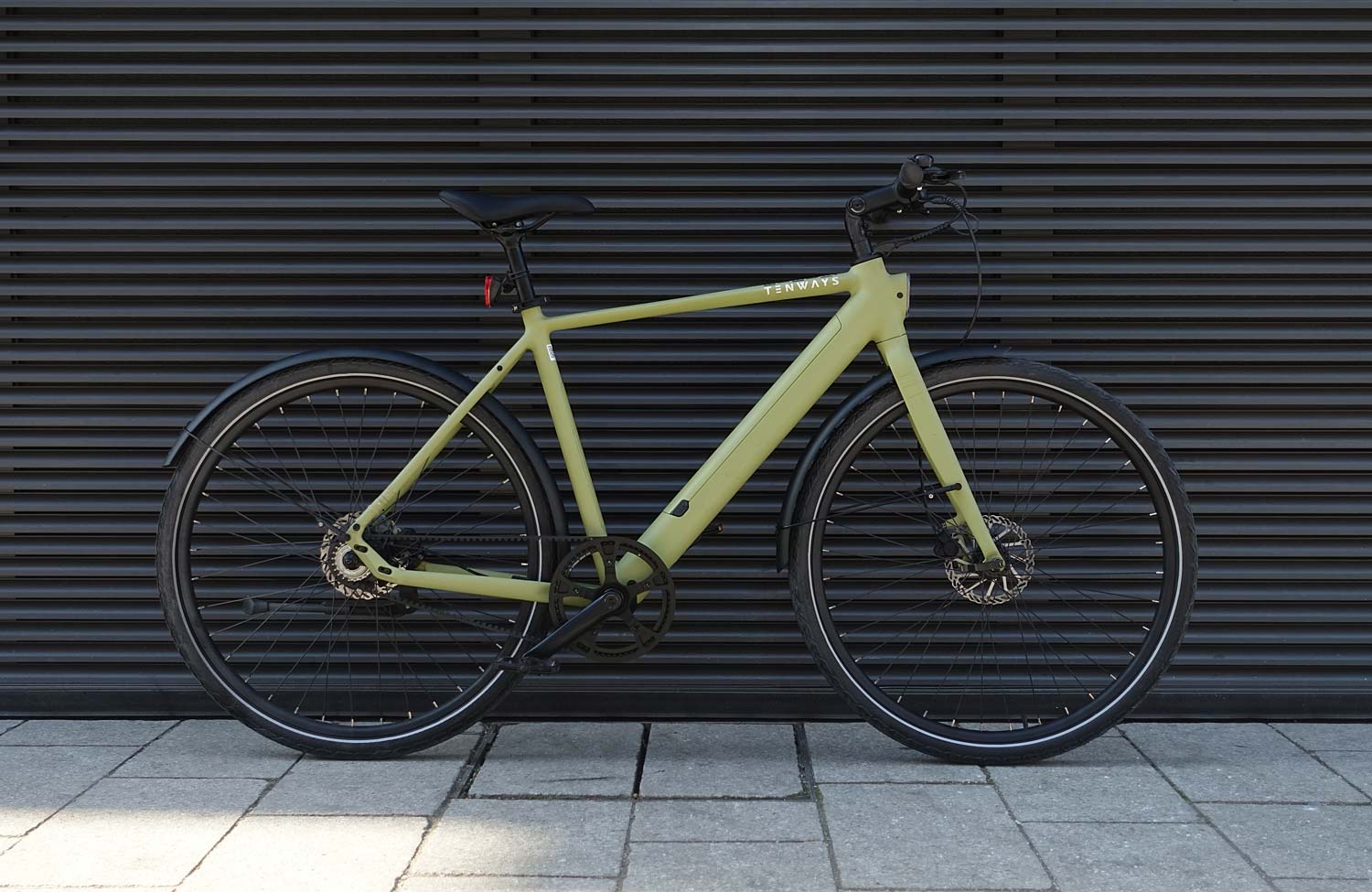Wherever you look, almost every well-known manufacturer now offers e-bikes that use a hub motor in the rear wheel for the electric drive. No wonder, because this drive offers numerous advantages, especially for e-bikes for urban use, with which the typical mid-mounted motor can hardly keep up.
The hub motor ensures a smooth ride
Modern hub motors are extremely compact, which means they can be integrated inconspicuously into the bike. Combined with a slim battery in the frame, the e-drive is then hardly noticeable visually. But that’s not all: thanks to the small dimensions, the weight of these drive systems is also usually very low, making it possible to build particularly lightweight and agile e-bikes. For example, the new M100 hub motor from MIVICE with a compact diameter of 100 mm weighs just 1.75 kg — but achieves a respectable torque of 40 Nm!



Among the other positive aspects of the hub motor is certainly the low noise level, which allows for an amazingly quiet ride. This applies not only to singlespeed bikes with belt drive, but also to models with derailleur gears: while the full power of the motor goes to the gears and thus often causes a loud crash during the shifting process, it shifts much quieter and more relaxed with the hub motor. Here, the motor power comes after the gearshift and thus relieves it noticeably, which also leads to significantly less wear on the gearshift components.
This is why a torque sensor is so important for a natural riding experience
But why has the hub motor — with all its positive features — only become so popular in recent years? This is certainly due in large part to the motor control system, where a distinction must be made between two systems: one without a torque sensor and one with such a sensor.
The former models without a torque sensor are fundamentally simpler in design, since this component can be dispensed with — which also means that the drive can be offered at a lower price. However, some drawbacks have to be accepted: systems without a torque sensor only determine whether and how fast the crank is turning (Figure 1). The motor then delivers its power according to a fixed value corresponding to the selected assistance level.


The problem here is that the drive system cannot detect how much power the rider actually needs from the motor. Thus, slow (but powerful) pedaling when starting uphill cannot be distinguished from leisurely pedaling on the flat. In the former scenario, however, the motor should provide maximum assistance, while in the latter, no help from the motor would actually be needed at all. In both situations, however, the motor delivers the same power, which often leads to unnatural riding behavior. Sometimes the motor delivers too much power, sometimes too little …
To compensate this, the rider has to switch back and forth between the different assist levels. This allows the support of the motor to be adjusted, but it will still never be exactly right (see Figure 3).
How much support do you need? Only the sensor knows it exactly!
The situation is fundamentally different, however, when a torque sensor comes into play: this is usually installed in the bottom bracket and, in addition to the rotational movement at the crank, also measures the force that is applied to the pedals (Figure 2). With this additional information, it is then very well possible to distinguish whether you just need a lot or little support from the motor!
To illustrate it with the example mentioned above: when starting uphill, you will pedal with maximum force, which is detected by the sensor — the motor then also helps with full power. During leisurely pedaling, however, hardly any force is exerted on the pedal. Consequently, the motor’s support is restrained. All in all, this results in a very natural and sensitive riding behavior that corresponds to that of normal cycling — just with the extra power of the e-drive!

Actually, you could now assume that in systems with a torque sensor you could do without different support levels — after all, the motor power is always supplied to match the required support. This is true in theory, but in practice the manufacturers usually offer two or more support levels. However, these are used to provide more or less power from the motor overall. This can be on the one hand to save power (the motor then generally supports less than he could) or on the contrary to be able to be particularly “lazy” on the go (the motor generally gives a little more support than necessary). However, the same principle applies here: the support of the motor always follows the required support of the rider.
Another advantage of the sensor: thanks to its high sensitivity in detecting crank movement, the response of the drive is significantly faster. As a result, the motor assistance kicks in more directly — which also applies in the same way when you stop: if you no longer move the crank, the assistance from the motor can also be reduced immediately.
Never again without: The torque sensor has arrived in all price classes!
Various system suppliers have now also recognized that hub motors and torque sensors can play out their advantages perfectly as a team. MIVICE, for example, relies entirely on the torque sensor as a fundamental component of its own drive systems — no matter what price segment, nothing goes without it!

Thanks to their wide-ranging product portfolio, it is now possible to get this kind of high-quality technology even in affordable e-bikes. Surely also a reason why the popularity of these drives has increased so much in recent years. And we are quite sure: The trend is rising!










